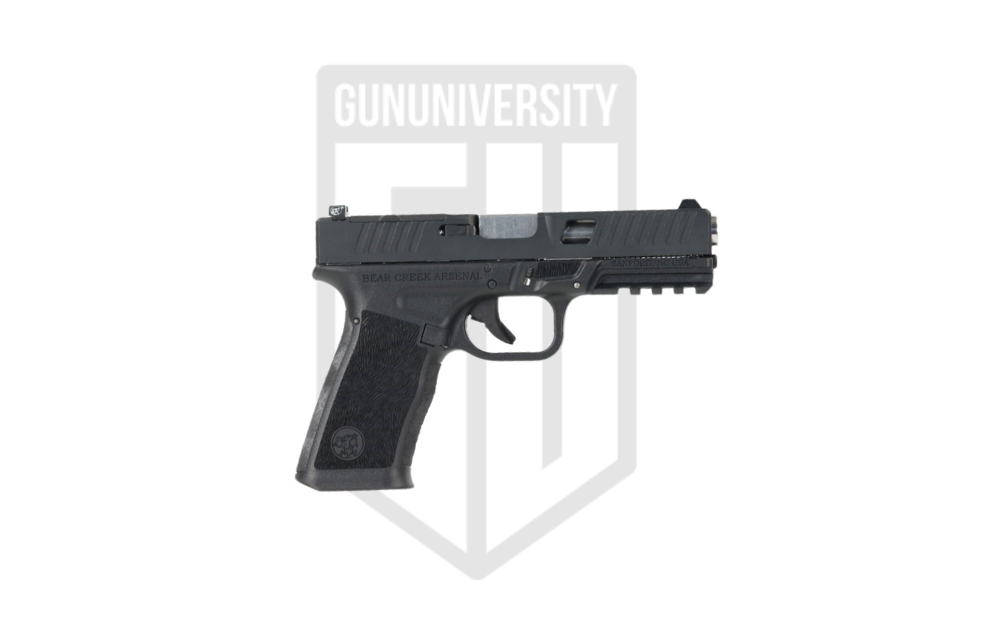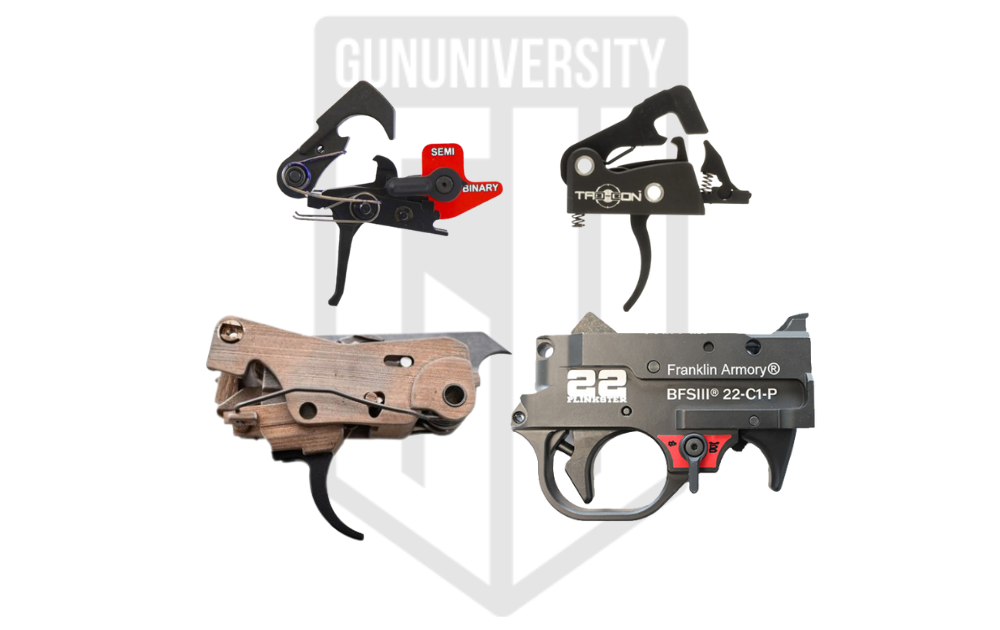How To Test Your Scope’s Tracking – Indoors
The Precision Rifle Network boys just posted some cool instructions on how to make your own tall target scope tracking test… indoors!
With their video and our notes below, we’re going to walk you through how to measure how well your scope tracks.
What is Scope Tracking?
First, an important question:
Scope tracking refers to how precisely your scope actually adjusts the reticle for a given turret adjustment.
For example, if you adjust your turret up 3.5 Mils, did the reticle move an exact 3.5 Mils of adjustment in the scope?
Yes? Then your scope tracks well.
No? If it actually adjusted a little over or under whatever the turret reads, then your scope over or under tracks.
If you’re not up to speed on angular measurements for long range shooting like milliradians or minutes of angle, check out Understanding Minutes of Angle
Why Does Scope Tracking Matter?
Confirming how well your scope tracks is important for long range shooting IF you are really going to get into it seriously. If not, however, then I can make a pretty good argument that it doesn’t matter how well your scope tracks.
What? Is this blasphemy?
Hear me out: if all you want to know is how much to turn YOUR scope on YOUR rifle to hit a target at 500 yards, the easiest (and best) way is to actually shoot 500 yards and see what elevation adjustment your scope needs. If you’re shooting a 308 Win and your scope shows a 12 MOA elevation adjustment, then you know to adjust to 12 MOA the next time you want to hit 500 yards in similar situations.
Arguably, it doesn’t matter if your scope is adjusting a true 12 MOA – all you need to know is that it is adjusting enough to hit where you want at that distance. In this scenario, your scope could just have shapes on the turret – if adjusting to the triangle shape results in a hit at 500 yards, then adjust to the triangle shape whenever you want to hit 500 yards.
Now, if you really want to get into precision shooting, the above advice doesn’t apply. This is especially true if you are going to use a ballistic calculator or really want to make precise adjustments. In this case, YOU MUST KNOW how much your scope is actually adjusting per a given unit of measurement on your turret.
A great way to confirm how well your scope tracks (and how well your scope was mounted) is to perform a tall target test wherein you shoot up a tall target at distance with consecutive adjustments on your scope and then measure the distance between shots to se if the adjustments were tracking well, or perhaps over or under tracking
How to Make a “Tall Target” for Scope Tracking – Indoors
As explained in the video above, you can test how well your scope tracks with the tall target test WITHOUT having to go to the range. You can measure the scope’s tracking on a small scale indoors by doing a little math (made much easier with the tall target calibration tool they made).
By knowing the distance to the target, you can use either minutes of angle (MOA) or milliradians (Mils), depending on which unit of measurement is used by your scope, to figure out how much your reticle should move for a given adjustment. You can then draw a line exactly that long on a piece of paper.
Then, with a VERY stable scope, you can line up the reticle with one end of the line, adjust the turret the planned amount, and then see if the reticle moved precisely as far as is should have along the line you drew on the paper.
Scope Tracking Adjustments
What do you do if your scope does not track perfectly?
Well, in the tall target calibration tool spreadsheet the video, you can enter the amount of adjustment you needed to make in order to get the reticle to move the correct amount. Once you’ve done this, you can see how much your scope over or under tracks and then you can remember this for next time you need to make an adjustment.
For example, if your scope under tracks by 10% (if it does, get a new scope) and your ballistic software tells you to adjust up 10 MOA, you know that you need to adjust your turret up to 11 MOA because the reticle will move 10% less than it should.
In the video, his scope needed 35.25 MOA of adjustment to move the reticle a true 35 MOA. So his scope tracks at 99.2% of the rate that it should. This is negligible for that same rate of shooters.
(Scope Tracking) Tall Target Calibration Tool (for Mil and MOA)
Here’s the link to the Google Sheet scope tracking tool: https://docs.google.com/spreadsheets/d/16d2Kx-eYZg8Y6xPsbAP0OEWHisKdcZpCN3AAgAO4n2A/edit#gid=669170734
Recent Posts
July 27, 2024
July 26, 2024
July 25, 2024

![The Best Shooting Ear Protection in 2024 [Tested]](https://gununiversity.com/wp-content/uploads/2021/09/best-shooting-hearing-protection.jpg)



I can get moa to work but mils don’t help if you can thanks
Can you send a link to the excel spreadsheet that has the MIL and MOA tabs… all I see is MOA and a Copy of MOA
Sorry, Sigmund, that sheet was from Precision Rifle Network – perhaps they edited it?
Thanks Gun University!